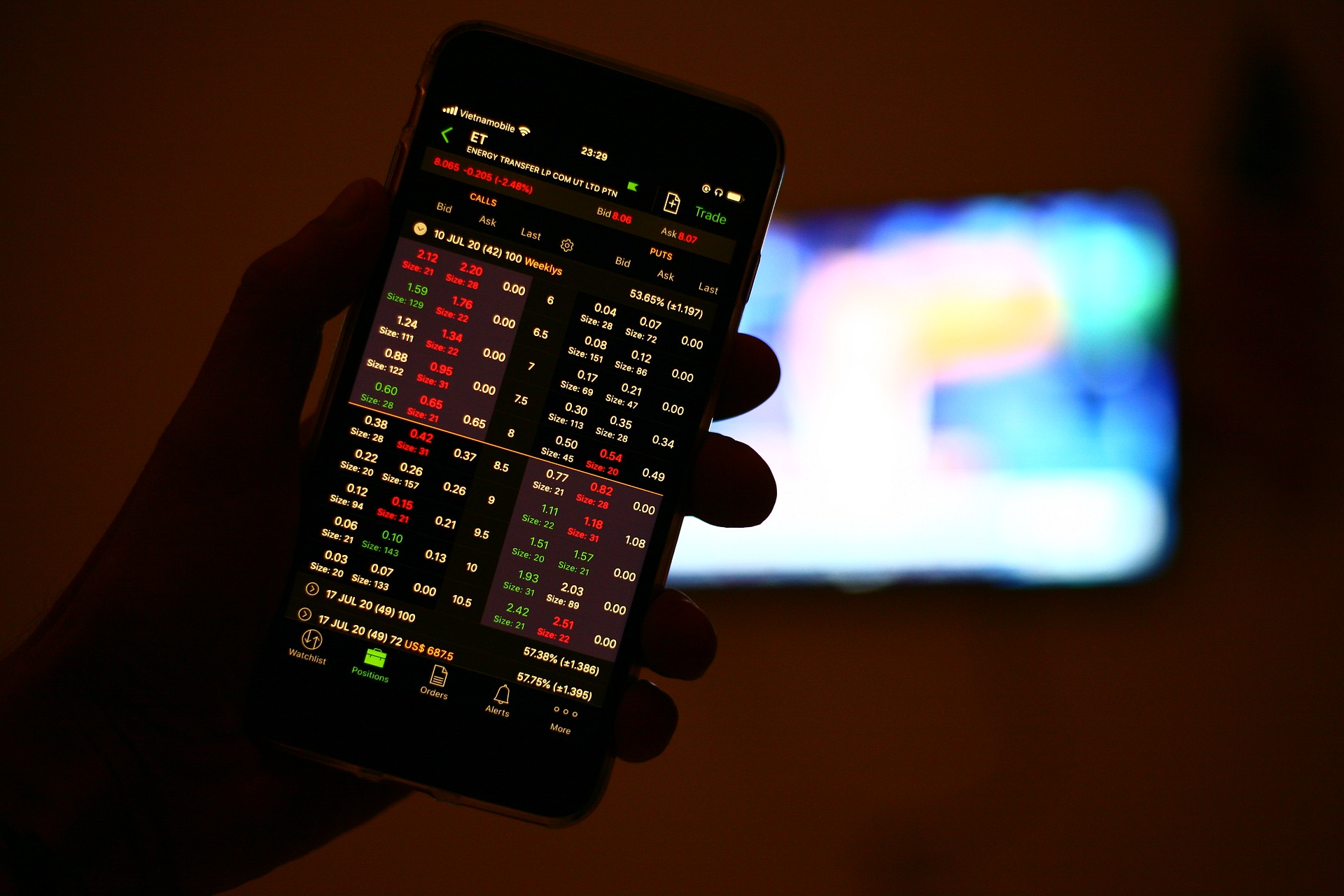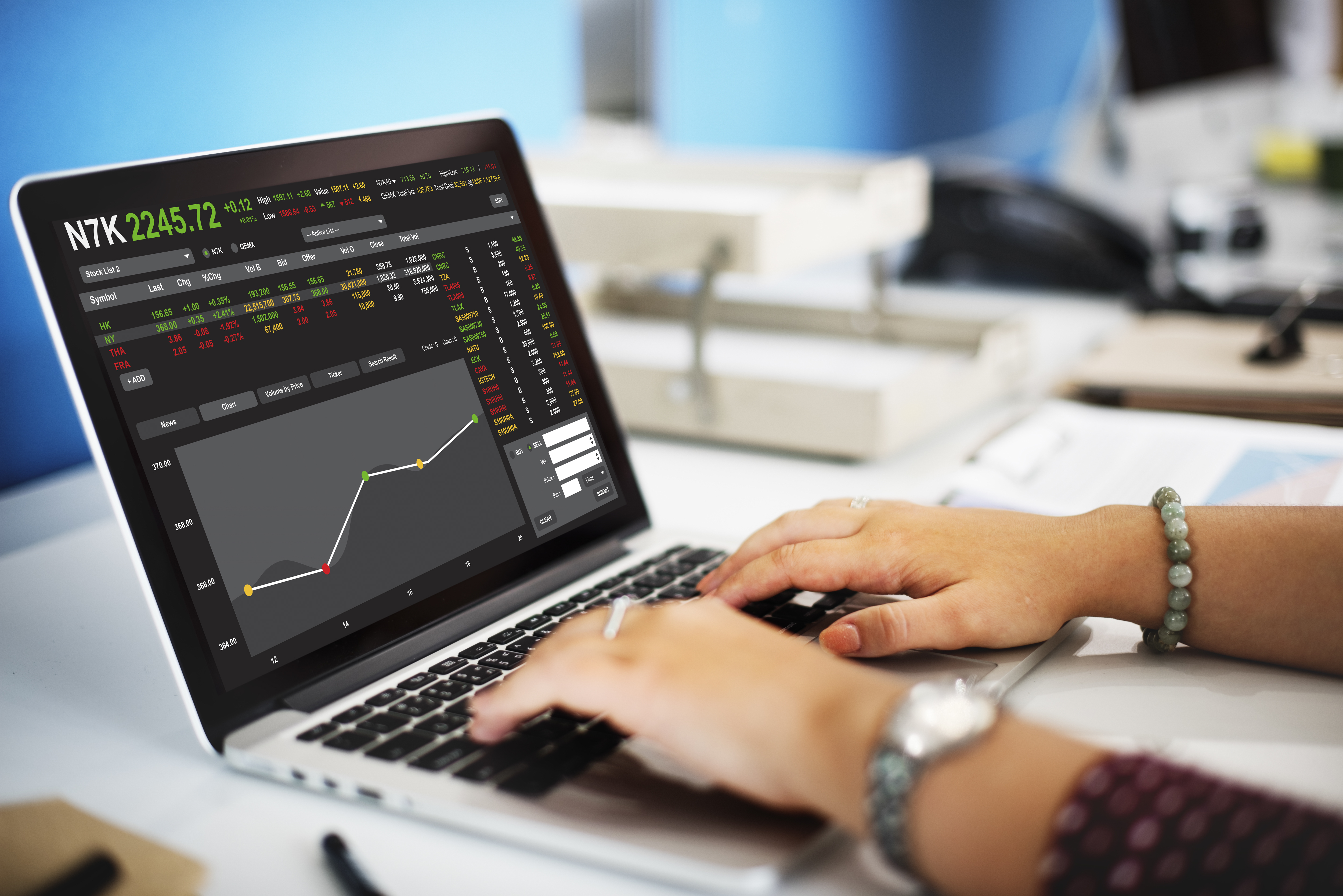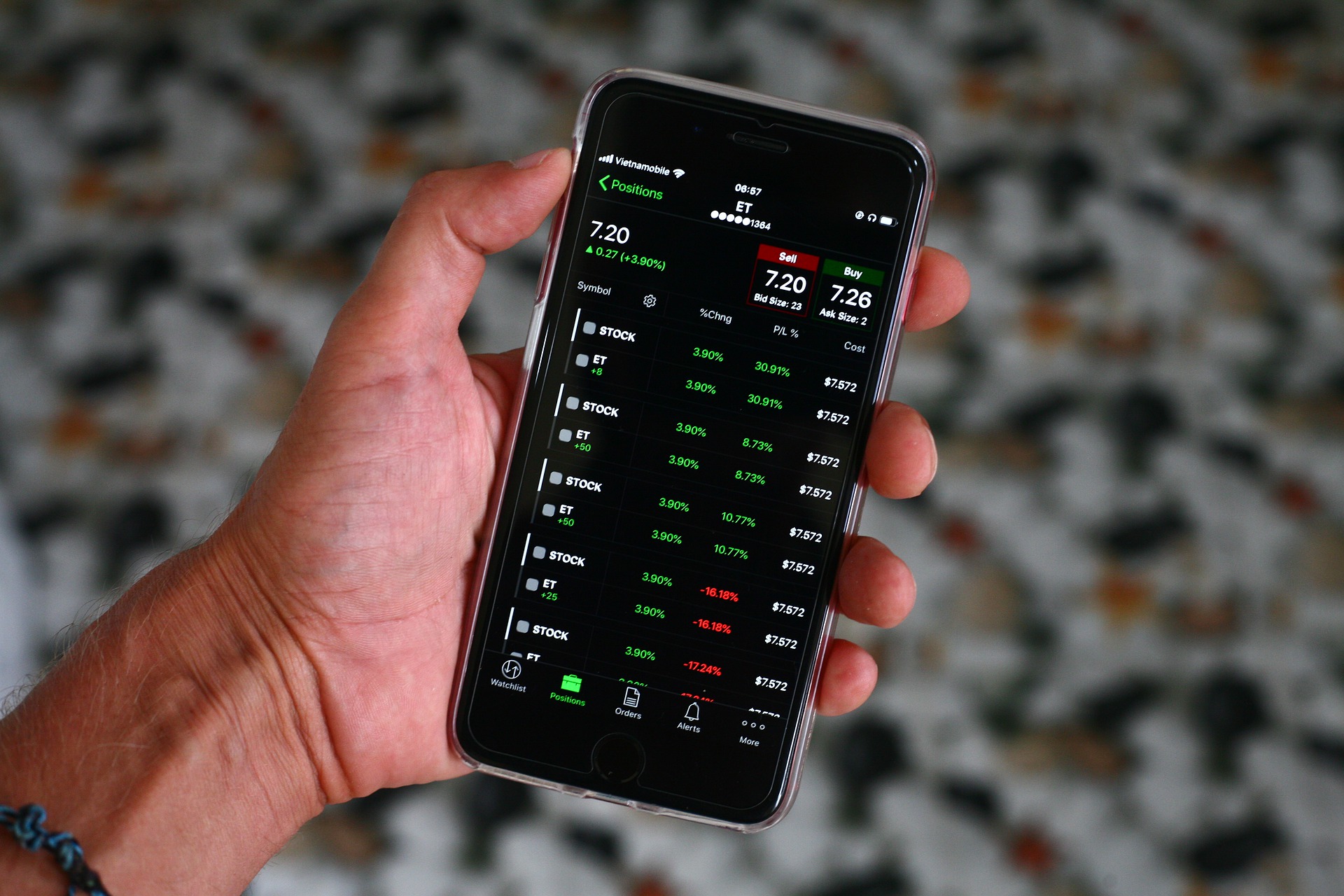Options are risky and therefore a trader must consider various factors to build the right strategy and approach to trade options in the share market. When it comes to option buying, one such approach is to determine the intrinsic value of options.
But what is intrinsic value, how to determine this value, and how it is useful for the option buyers? In this article, we will discuss in detail all the aspects of intrinsic value that helps you in understanding how to do option trading.
What is Intrinsic Value in Options?
The intrinsic value of options refers to the amount of value that an option has as if it were to be exercised immediately. In other words, it’s the amount of profit that option buyers would make if the option bought expires in the money.
In simple terms, it is the difference between the strike price and the spot price. Here, the strike price is the value of the underlying asset for which the option buyer gains a right to exercise the contract, and the spot price is the value at which the underlying asset expires.
For example, if you buy a call option of Nifty at 18000 and it expires at 18200, then the intrinsic value of the option is 200.
We are aware that there are two types of Options contracts;
- Call option
- Put Option
With respect to these two terms, let’s get a quick brief of other option trading terms that we need to calculate the intrinsic value of your contract.
Intrinsic Value in Call Option
Here you might be aware of how call option works. By definition, this is an option contract where the buyer pays a premium and gets the right but not obligation to buy an underlying asset on expiry. Here the buyer is bullish and hence gains profit only if the value of the underlying asset increases.
Hence the formula of intrinsic value in the call option is:
=Spot Price – Strike Price
Let’s suppose the option buyer bought a call option at 18000. Here let’s calculate the intrinsic value of the call option considering different spot prices on expiry:
1. Nifty expires at 18200
Intrinsic Value of Call Option = 18200 – 17800
= 400
2. Nifty expires at 18000
Intrinsic Value of Call Option = 18000 – 18000
=0
3. Nifty expires at 17800
Intrinsic Value of Call Option = 17800 – 18000
=-200
Let’s understand this in detail now.
Here in the case first, the option expires above the strike price. This means the option expires in the money and the option buyer will earn a profit equal to the intrinsic value i.e. 200 by exercising the option.
On the other hand, in case second, where the option expires at the same value, the trader will not exercise the trade as the profit i.e. the intrinsic value of options is 0. Here the buyer will lose the entire premium amount.
In the last case, where the option expires below the strike price, i.e. at 17,800 here, the intrinsic value is negative which implies that the option expires out of the money hence the option expires worthless.
Intrinsic Value in Put Option
Now unlike the call option, the option buyer of the put option is bearish. This means they give the premium and get the right but not the obligation to sell the underlying asset on expiry. In this case, the buyer earns a profit when the market trend goes down.
Thus, the formula for the intrinsic value of the put option is:
= Strike Price – Spot Price
To understand this, let’s consider an example where a trader buys a put option of Nifty 18000. Now let’s consider different scenarios to understand intrinsic value in put option:
1. Nifty expires at 17800
Here the intrinsic value would be:
= 18000-17800
=200
2. Nifty expires at 18000
Intrinsic value = 18000-18000
=0
3. Nifty expires at 18200
Intrinsic value = 18000 – 18200
=-200
Similar to the above cases of call options here the buyer will make a profit only when intrinsic value is positive, i.e. where the option expires in the money. In cases where the intrinsic value is 0 or negative, the trader will not settle the trade and the option expires worth less.
Also, the case where the intrinsic value is 0 and negative the option contract is called At the Money (ATM) option and the Out of the Money (OTM) option, respectively.
Why Intrinsic Value is Important?
As explained above, the intrinsic value of the option helps a trader in determining the profit on option settlement. Apart from this, intrinsic value is important in determining the premium value of the option.
Before getting into the detail, let’s consider an example.
Let’s suppose Nifty is trading at 18000 and trader A is bullish towards the market. He bought one call option at 17800 for which the LTP in share market was ₹250 expiring after 2 days. Now going back to the theoretical concept of option, the buyer A has a right but not an obligation to exercise the trade if the market expires above 17800.
The market is already above 17800, so here the seller charges you the minimum premium equal to the intrinsic value of the option. Since it is the call option, the intrinsic value would be:
= Spot Price – Strike Price
Here the spot price is the current market price or value i.e. 18000
Intrinsic Value = Spot Price – Strike Price
= 18000 – 17800
=200
But buyer A paid ₹250. Why an extra ₹50?
Here this extra amount is for the time left for expiry and is called time value.
So, in simple terms,
Premium = Intrinsic value + Time Value
Now let’s take one more situation, where trader A bought Nifty at 18200 when the current market value is 18000.
Here the intrinsic value would be:
= 18000-18200
=-200
Since intrinsic value can never be negative hence in this case it would be 0. The premium will therefore be determined in terms of time value.
So, the intrinsic value helps in determining the cost of the particular strike price and also the risk and reward. In the case of a call option, all strike prices below the current market value have positive intrinsic value and hence are expensive. Such options are called in the money option.
On the other hand, option contracts with 0 intrinsic value are called ATM options, and those with negative value are OTM option contracts with only time value that allow you to start option trading with 1000 rupees. However, traders trading in such strike prices generally loses money because of time decay in options.
In short intrinsic value is the reason why few options contracts are more costly than others.
Conclusion
The intrinsic value of the option is thus helpful for the buyer to calculate the maximum profit they can make by exercising the option and also in determining the moneyness (ITM, ATM, or OTM) of options contracts. Here the option with intrinsic value is less risky while the option with no intrinsic value is risky and mostly expires out of the money leading to the loss of premium value.
Generally, the options near the market value are traded in volume because of less or no intrinsic value.
So, before you get into trading options, it is important to determine different parameters and the risk and reward associated with an option contract.
In case you’d like us to call you back to explain more about stock market learning, just leave your contact info below:
Before investing capital, invest your time in learning Stock Market.
Fill in the basic details below and a callback will be arranged for more information:









